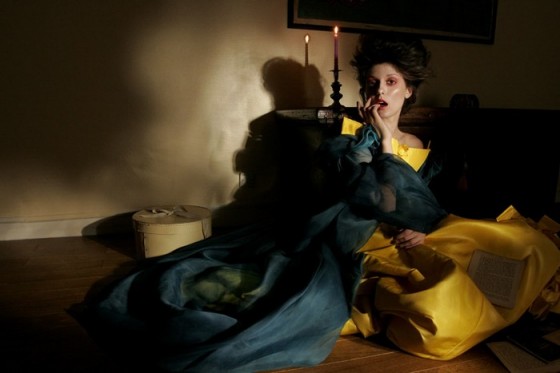Lighting a set for a photo is a very fickle entity. Why do I say that? Because light can play many tricks on us and is often elusive in it’s ethereal state. It has many frequencies and understanding those wave lengths might help us understand the grand palette of nuances available that we can play with. Now to add to the different color temperatures (frequency) we have another element that is a very important part of the equation and that is duration. Light is always present, even in the darkest of nights. That is where duration or time comes in to play.
I love playing with light, especially when I can compose with it, rather than nature imposing it on to my environment. Not that I do not love natural light and all that can be accomplished with it, but I believe my forte is creating light from scratch and designing my work with brush strokes, splats, washes and fine details.
I also love to mix and match different frequencies (color temperatures), durations and light sources.
We need to start by attempting to grasp how light from different sources, durations, color temperatures and light sources have an effect on your final images. “Light is a very powerful spice and should be used sparingly.” Is my motto. Use it sparingly and it can bring some very powerful elements to light, (no pun intended) in to your imagery. Now when I say sparingly, I don’t necessarily mean that you cannot splash it all over the place, especially if that is your intent. Of course you may, but be sure you know why and what the outcome will be.
Your camera can capture a multiplicity of frequencies and nuances. What the camera does not know is what you the “Composer” is attempting to accomplish and thus, generally can only deliver predictable results.
So to end this Part 1 of this theme, I suggest you start to look at light of all sources and see how those sources are intermingling with the environment. In the meanwhile, I suggest you prepare a couple of lamps with 60 watt light bulbs, a single flash unit, a few cardboard squares of about 35cm, some white paper, black paper and some aluminum foil. You may however imagine anything you wish, until the next episode.


